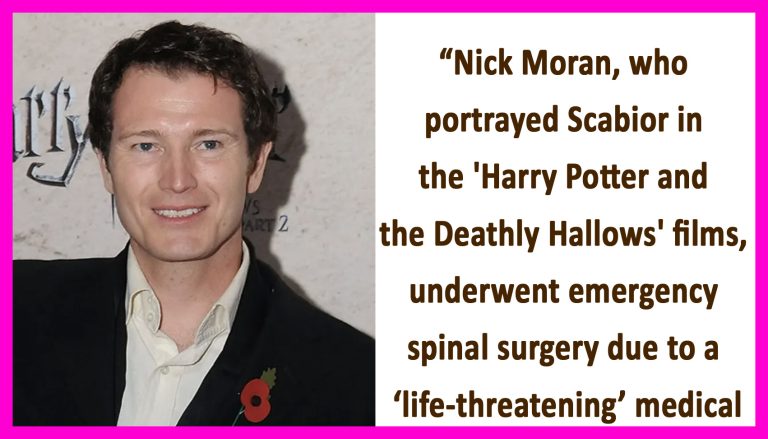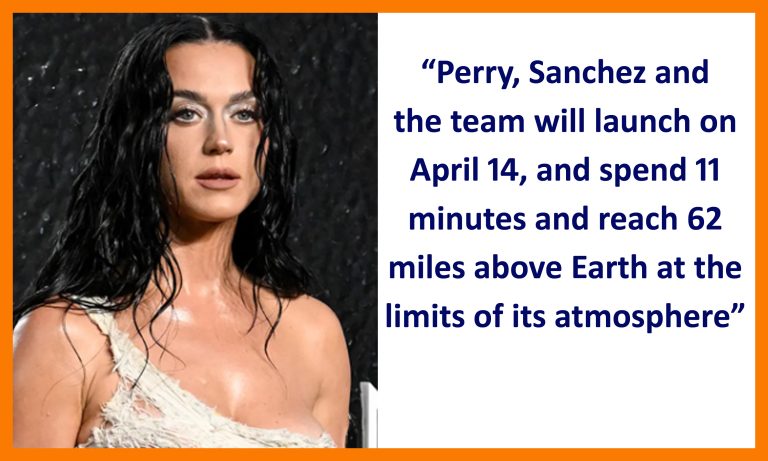Arranged Love in a Swipe Culture: Is Tradition Making a Comeback?
1. Swipe Culture: Where Modern Love Falters
Anyone immersed in the world of dating apps knows the paradox:
- Infinite choices → decision fatigue.
- Casual connections → low trust; ghosting becomes an art.
- Profiles sell curated personas; true compatibility often slips through cracks.
Studies globally echo this: dating‑app burnout, anxiety about authenticity, and frustration over aimless communication routines are rampant.Quartz+4Vox+4WifiTalents+4 Millennials and Gen Z report feeling like romance has been reduced to matching optics and oversharing through screens.VoxMyLifeXP
In that vacuum, tradition begins offering order and meaning.
2. Tradition’s Resurgence: Arranged Marriage Reimagined
Although arranged marriages remain normatively dominant in the Indian subcontinent—with around 80–90% of unions continuing this way in India, Pakistan, Bangladesh—this isn’t a static institution.ZipDo+5Wikipedia+5Wikipedia+5 These numbers hide nuance: urban youths increasingly reshape the model, threading values like autonomy and compatibility into age‑old rituals.
Self‑arranged / semi‑arranged marriages
Young people may have met independently—or via dating apps—but then shift into a family‑blessed “arranged” structure. Often dubbed “self‑arranged,” this hybrid approach honors both personal choice and familial support.vogue.com+12loveabletoday.com+12timeslife.com+12Vox+7Wikipedia+7vice.com+7
Tech‑driven matchmaking
From niche apps such as Shaadi.com and BharatMatrimony in India, to Muslim‑focused platforms like Muzz in Pakistan, technology now mediates negotiations once managed by elders or rishta aunties.foreignaffairs.com+9Wikipedia+9Axios+9 These tools integrate filters for education, language, religion—and increasingly allow users to assert “caste no bar” preferences.foreignaffairs.com
In China, parent‑driven apps advertize adult children’s income, property, and status—keeping tradition but updating the medium.worldstockmarket.net
3. Why Gen Z Is Turning Back
a) Dating fatigue and algorithm anxiety
Performance‑based love leaves many craving depth. Gen Z users describe being tired of ghosting, shallow matches, and the relentless scroll.timeslife.com They’re exploring alternatives: structured courtship with family oversight but personal agency.
b) Shared values, less friction
Arranged paths offer intentional alignment: shared language, religion, values, social expectations—factors that apps often fail to ensure. Particularly in diaspora and collectivist cultures, this cohesion matters.Gitnux+4timeslife.com+4WifiTalents+4
c) Efficiency and clarity
Rather than endless dating ambiguity, arranged matchmaking sets transparent intentions from the outset. Potential partners know both sides are seeking long‑term commitment.timeslife.com
d) Respect for tradition, with boundaries
Gen Z isn’t blindly following tradition—they’re redefining it. They negotiate consent protocols, insist on knowing their partner before consenting, and question biases embedded in older systems (like dowry or caste filters).timeslife.comforeignaffairs.com Social media and shows like Indian Matchmaking provide narratives that both critiqued and normalize choice‑driven tradition.TIME+1timeslife.com+1
4. Tradition vs Swipe Culture: A Comparative Table
| Dimension | Swipe Culture (Modern Dating Apps) | Arranged / Hybrid Traditions |
|---|---|---|
| Initiative | Individual-driven; often casual interaction | Family-mediated; structured introductions |
| Choice & Agency | Vast but shallow; often superficial | Deliberate; family input balanced with consent |
| Compatibility | Based on curated profiles and physical cues | Shared cultural/social values; extended vetting |
| Intentions | Unclear; ambiguity common | Clear commitment from the start |
| Transparency | Limited; ghosting common | More accountability, often supervised introductions |
| Emotional Investment | Early but fickle; romance optional | Grows over time; love often develops post-engagementvogue.com+4Gitnux+4timesofindia.indiatimes.com+4QuartzWifiTalents |
5. Evidence: Data Behind Continued Success
According to recent reports:
- In India, approximately 90% of marriages remain arranged; similar or higher rates in Pakistan and Bangladesh (~85–90%).ZipDo+2Wikipedia+2vogue.com+2
- Divorce rates in arranged unions are considerably lower: often ~1–3%, compared to 40–50% in Western love-based marriages.Gitnux
- Surveys consistently find high long-term satisfaction and stronger familial support among arranged couples—65–70% reporting marital happiness at the 10+ year mark.Gitnux
While cultural stigma and legal hurdles may deter divorce in traditional contexts, studies infer that networks of extended families and shared norms contribute to lasting stability.WikipediaGitnux
6. The Middle Path: Combining Best of Both Worlds
Semi‑arranged models
Young people today marry through family‑approved introductions, while retaining full agency to communicate, date, and evaluate before engagement. This model is increasingly common among urban, educated millennials.Wikipediavice.com
Networking events, marriage fairs, community setups
Hybrid spaces like Muzz events in Lahore blend safety, tradition, and autonomy. Families stay involved while allowing singles to interact in person responsibly.reuters.comWikipedia
Algorithm meets tradition
Some Indian matrimonial sites now incorporate compatibility scoring, background verification, and filters that enable cultural specificity while allowing users to opt-out of caste-based sorting.foreignaffairs.comloveabletoday.com
7. Points of Tension: Critique & Challenges
Despite this evolution, criticisms remain:
- Structural sexism and bias can persist, for instance around skin tone, height, caste—even in modernized matchmaking platforms.TIMEWikipedia
- Forced marriages, though relatively rare, still occur in places—raising concerns about consent and autonomy.
- Generational divides: Not all parents accept young adults’ new terms—some still insist on traditional matchmaking without dialogue.reuters.comworldstockmarket.net
- Stigma around divorce, singlehood, or inter‑caste unions remains a powerful constraint.
8. Is Tradition Making a Comeback?
Yes—and no.
- If “comeback” means more people embracing traditional rituals wholesale—no. Legal rights, gender expectations, and dating norms continue evolving.
- If it means hybridization—absolutely. The recurring pattern: people are reclaiming agency within tradition, using technology to enhance—not erase—the familial framework.
Arranged marriage is not returning in its 1950s form. Rather it’s being rebranded, reshaped, and sometimes subverted by younger generations. The revival isn’t about restriction, but intentional structure with emotional accountability.
9. Personal Stories: Modern Narratives Reimagined
(Paraphrased from real trends, anonymized for clarity.)
- A 25-year-old from Delhi met her future husband via Shaadi.com after filtering out caste-based preferences. They spent six months “courtship” chatting, video‑calling, and meeting with parents before deciding on engagement. Both say they appreciate its structure and the opportunity to assess long‑term compatibility.
- A Pakistani professional attended a Muzz matchmaking event in Lahore, accompanied by her mother as chaperone. Although her family initiated the search, she had full freedom to choose whether to follow up. Months later she got engaged—and credits both app and family support.
- A Gen Z millennial from Mumbai challenged tradition by asking family to remove caste filters on her profile. She insisted on meeting her match herself, but asked her parents to vet family reputation. Now married, she says the process gave her independence without isolating her from her culture.
10. Conclusion: Why the Dialogue Matters Now
- The dissatisfaction of swipe‑culture isn’t just about poor experiences—it signals a broader yearning for connection with meaning, accountability, and depth.
- Arranged models offer scaffolding: structure, purpose, family buy‑in. When adapted respectfully, they can align with deeply modern values—such as consent, emotional compatibility, and equality.
- As millennial and Gen Z voices become louder, they aren’t discarding tradition—they’re transforming it.
The question “Arranged Love in a Swipe Culture: Is tradition making a comeback?” has a nuanced answer: tradition isn’t reviving in its older, top‑down form—but its core framework is experiencing a renaissance, one humanized by choice, powered by tech, and held accountable through intentional communication.
That middle path—between romantic autonomy and familial connection—may well be our era’s most powerful love story.







